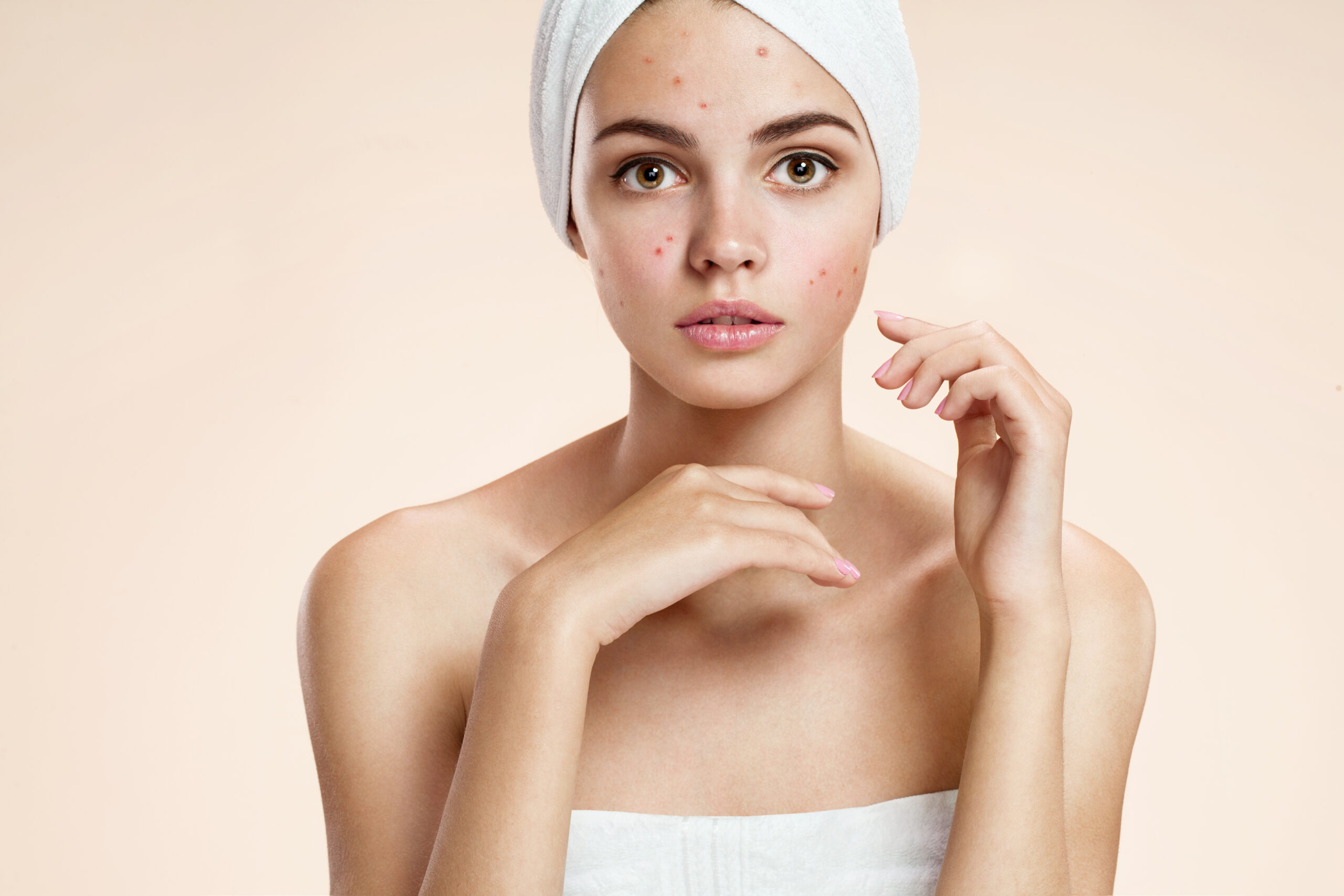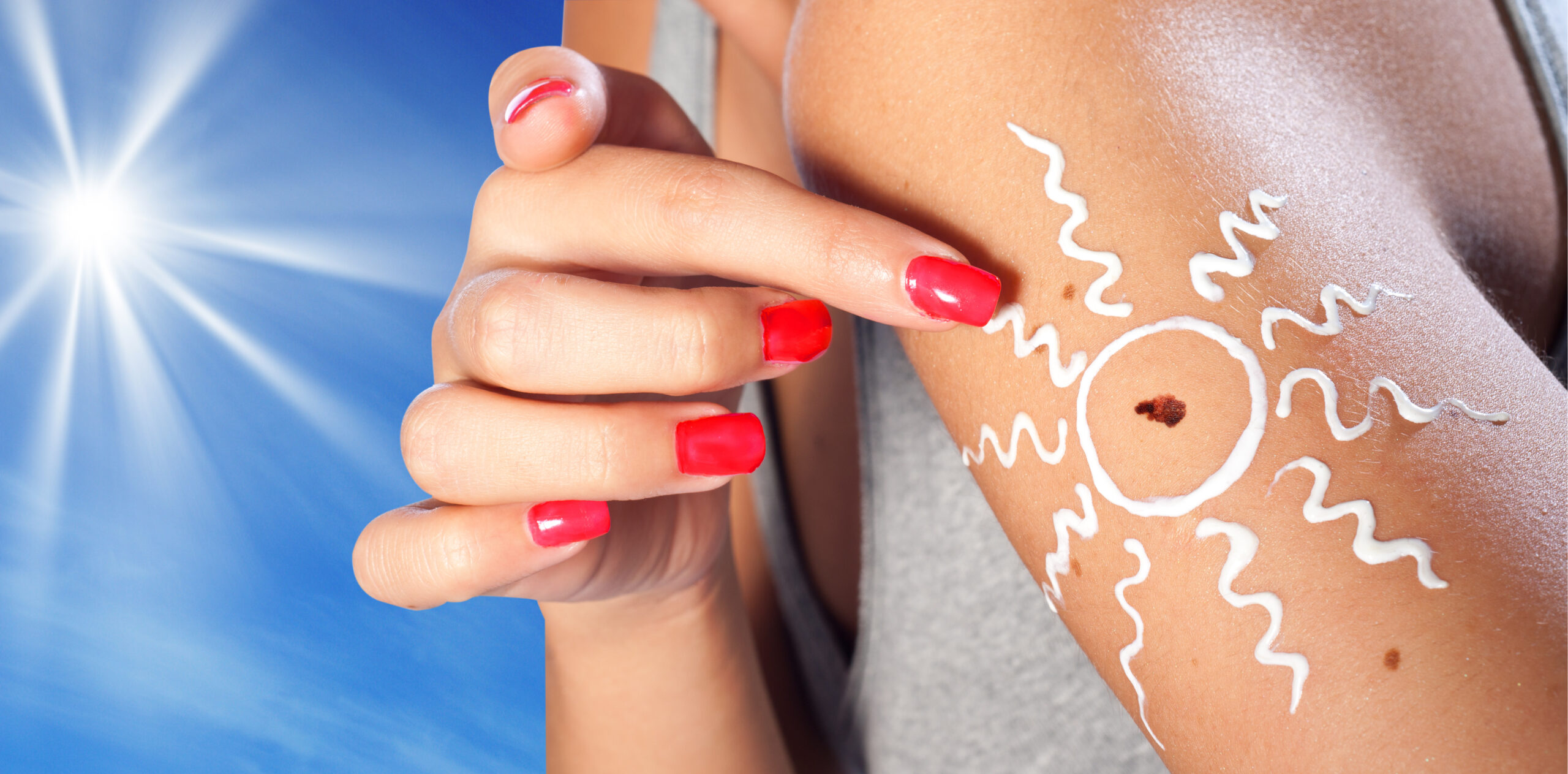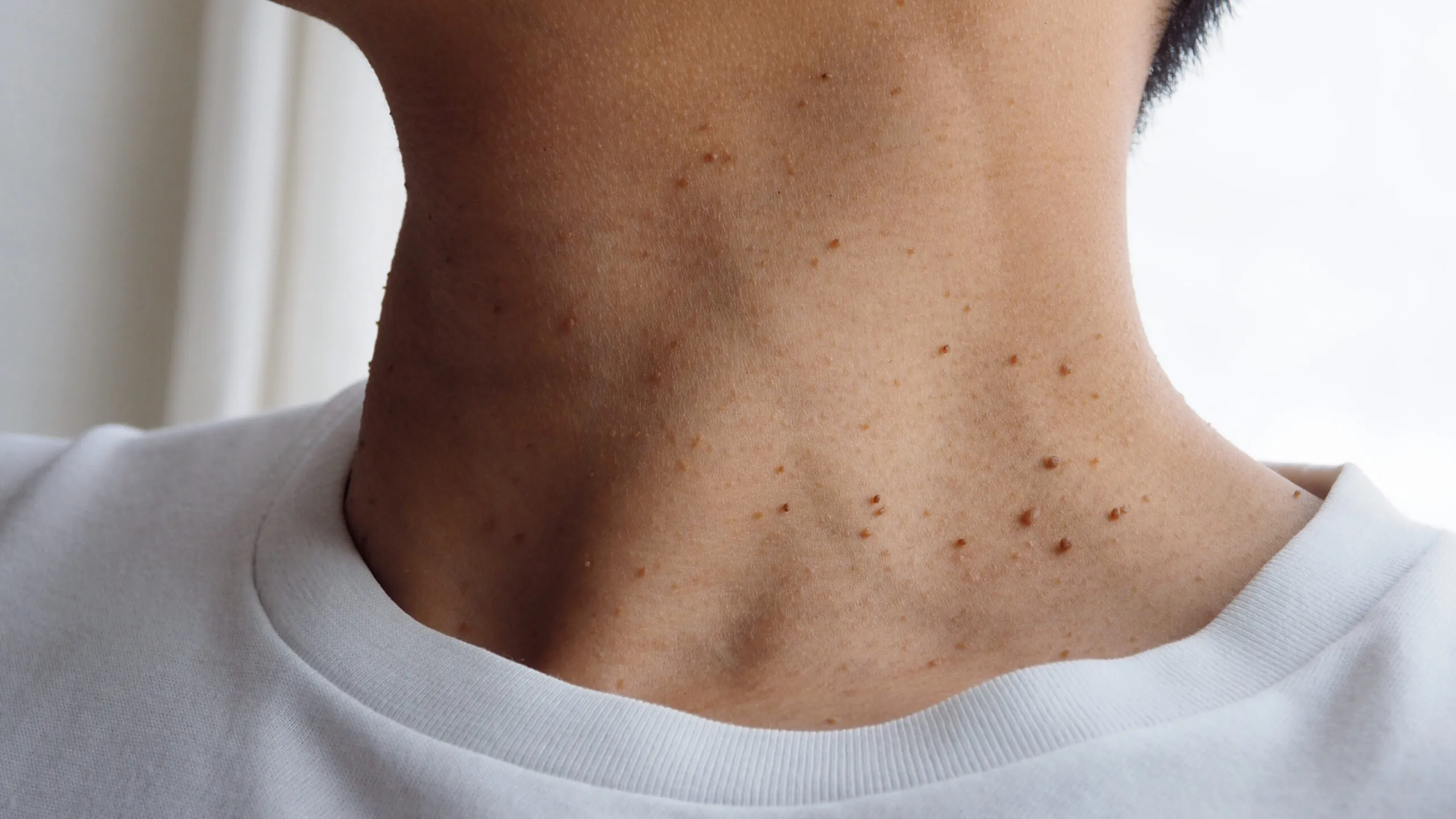As we embrace the height of summer, we’re excited to focus on an important dermatological topic this month. August marks National Hair Loss Awareness, a condition that affects millions of people worldwide and often carries significant emotional and social impacts beyond their physical symptoms. Whether you’re personally affected by this condition, supporting a loved one, or simply want to expand your health knowledge, this newsletter offers valuable insights and tools to help you feel empowered regarding your hair health.
Hair Loss
Hair loss, also known as alopecia, is a very common condition that can have a big impact on a person’s life, from their confidence to how they feel about themselves. What many people don’t realize is that it’s not a single condition. There are numerous types, each with its own cause and presentation. For example, androgenic alopecia (pattern hair loss) is a genetic condition that leads to gradual thinning and a receding hairline. Telogen effluvium is a temporary type of hair loss often triggered by a stressful event, resulting in sudden, increased shedding. Alopecia Areata is an autoimmune condition that causes the immune system to attack hair follicles, leading to smooth, round bald patches. This is why a professional evaluation by a dermatology provider is essential to determine the root cause of hair loss and recommend the best treatment options.
The good news is that a wide range of proven hair loss treatments exists today. Depending on your diagnosis, solutions can include professional strength topicals like minoxidil, targeted oral medications such as finasteride and supplements (more below), and specialized in office procedures, including but not limited to, corticosteroid injections, microneedling (with or without Radio-frequency) combined with topical therapy, and more. It’s crucial to have realistic expectations: while these treatments can significantly slow thinning and, in some cases, encourage partial regrowth, full regrowth is rare. Success requires consistency and a long-term approach to maintain results. We are here to support you in navigating this journey, helping you understand your condition and what to expect from your personalized treatment.
Types of Hair Loss
Androgenic Alopecia
This is the most common form of hair loss for both men and women, often called “male or female pattern hair loss.” Men typically notice a receding hairline and thinning on the top of their scalp. Women usually see a widening of their hair part and overall thinning on the top of their scalp.
This type of hair loss is a combination of your genetics, and the effects of certain hormones called androgens. If you’re genetically predisposed, the hair follicles on your scalp gradually shrink and spend less time in the growth phase. This leads to shorter, thinner hairs over time and eventually visible thinning. This is a chronic condition, meaning it gets worse over time, but it doesn’t cause scarring or inflammation that permanently destroys the hair follicle.
The most common treatments for androgenic alopecia include topical minoxidil (for both men and women) and oral finasteride (for men). For post-menopausal women, oral finasteride may also be an option. Recently, we’ve also seen great results with low-dose oral minoxidil for both men and women. These treatments can slow down hair thinning and, in some cases, even partially reverse it. The earlier you start treatment, the better your results will be, and you have to keep using the treatment to maintain the benefits. It’s important to be realistic—while you can see significant improvement, it’s very rare to get full regrowth.
Telogen Effluvium (TE)
This type of hair loss is often triggered by physical or emotional stress, such as a severe illness, surgery, childbirth, a new medication, thyroid issues, or even a nutritional deficiency like low iron. When a stressful event occurs, it can shock your hair follicles, causing them to prematurely enter a “resting” phase. This leads to a noticeable increase in daily hair shedding. Acute cases usually resolve on their own within about six months once the stressor is gone. The key to treating telogen effluvium is to identify and address the underlying trigger.
While there is no medication to instantly stop TE, supportive treatments may be considered to encourage faster regrowth. Topical minoxidil can be used to help stimulate hair follicles and potentially shorten the recovery time. Patients are advised to use gentle shampoos, avoid excessive heat styling, and minimize chemical treatments to prevent further damage to the hair shafts.
Alopecia Areata
Alopecia areata is an autoimmune condition in which the body’s immune system mistakenly attacks the hair follicles, leading to sudden, patchy hair loss. The good news is that the hair follicles aren’t permanently destroyed, so regrowth is possible. It often appears as one or more well-defined, smooth, round bald patches on the scalp, but it can also affect eyebrows, eyelashes, or the beard. In more severe cases, it can progress to complete loss of scalp hair or body hair.
Alopecia areata can occur at any age and affects both men and women. The exact cause is not fully understood, but both genetic and environmental factors contribute. Our first-line treatment is typically corticosteroid injections directly into the bald patches.
Scarring Alopecia
This is a group of hair loss disorders considered “scarring” due to inflammation that irreversibly destroys the hair follicle, replacing it with scar tissue so that hair cannot regrow. Since the follicle is gone, hair can’t regrow in these areas. It often appears as patchy hair loss with signs of inflammation like redness, scaling, or pimple-like bumps. Over time, the affected scalp can look smooth and shiny.
The underlying cause of these disorders is often an abnormal immune response that targets the hair follicle, but the exact trigger of such a response is not fully understood. Genetic susceptibility, environmental factors, and hair care practices may contribute. Early recognition and diagnosis are critical, as prompt treatment can slow or stop the inflammatory process and prevent further permanent hair loss. Treatment focuses on suppressing inflammation using corticosteroids or immunosuppressants. The primary goal of treatment is to stop progression, as regrowth in scarred areas is not possible due to destruction of the hair follicles.
Beyond the Basics – Advanced Hair Restoration Support to Maximize Regrowth and Quality
SylfirmX RF Microneedling
Our approach to hair loss involves a wide range of effective solutions that support prescribed medications, topicals, orals and medical treatments. We are always striving to deliver even better results, which is why we incorporate advanced options like SylfirmX into our practice.
SylfirmX is an RF microneedling device that uses tiny needles to create microscopic channels in the scalp while simultaneously delivering a gentle heat from the radiofrequency energy, in addition to topical treatment therapy delivered immediately post treatment to stimulate cellular renewal. This combination stimulates follicles to enter a growth phase promoting new hair and strengthening existing strands while also improving the environment by increasing blood flow and circulation to the scalp. For optimal results, we recommend on average a series of six treatments, spaced approximately four weeks apart. Patients often notice gradual but significant improvements in hair density, thickness, and overall scalp health. If you’re looking for a non-surgical option to improve hair density and overall scalp health, SylfirmX is a great option to add to your hair restoration treatment plan.
Plated Hair Serum: A New Exosome Approach to Hair Health
This innovative at-home topical treatment serum called PLATED uses platelet-derived exosomes to stimulate new hair growth. These exosomes are powerful messengers to nourish the scalp and create a healthier environment for your hair. Years of research have gone into advancing the topical market for hair growth using ingredients like this. Researchers have found platelet-derived exosomes to be the most effective in stabilizing the integrity of the essential qualities of the exosome, including growth factors and antioxidants. After just one month of consistent use, patients experienced improvement in density, volume, fullness, shine, quality, softness and more. Plated is designed to advance the results of your in-office procedures, helping to accelerate and sustain your progress. Available for purchase in our office!
Xtresse: Hair Growth Gummies
Xtresse is an at-home nutritional supplement to clinically increase hair growth, delivered in a gummy form. It is specifically formulated with key vitamins and ingredients such as NAD+, pumpkinseed extract, as well as antioxidants that protect the hair follicle from damage. These ingredients help to strengthen hair and promote a healthy foundation for growth. For best results, it is recommended to take two gummies daily. While there are benefits to utilizing this gummy on its own, it’s important to know that this is a supportive tool, not a standalone treatment. It works synergistically with topical solutions and in-office procedures to enhance and maintain results. Available for purchase in our office!
Your Next Step: A Personalized Plan
Navigating hair loss can be complex, but you don’t have to do it alone. The next step is to schedule an appointment with a dermatology provider to confirm your diagnosis. The key to successful treatment is a personalized approach that addresses your specific condition and goals. As outlined in the article, a range of medications, supplements, topical solutions, and cosmetic procedures are available—each tailored to individual needs. When used consistently, hair restoration treatments can lead to significant improvement. Our dermatology providers are here to support you every step of the way.








